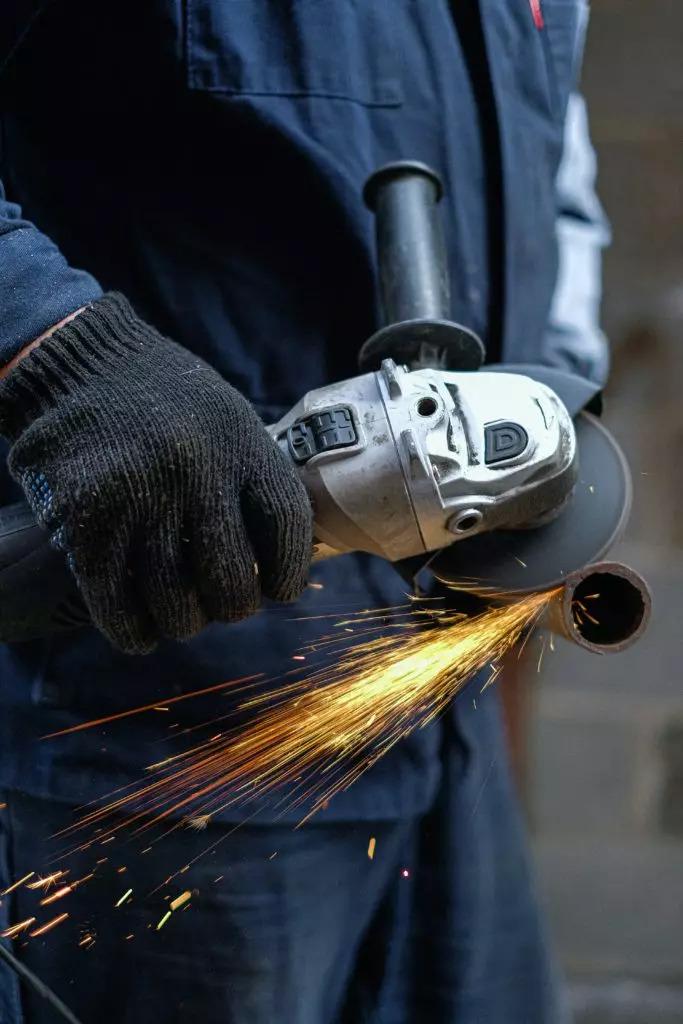Excavation refers to the procedure of getting rid of earth, soil, or rock from a site to produce an open area or dental caries. It involves excavating, reducing, or scuffing away the product using various tools and equipment. Excavation offers various purposes, including building and construction, mining, and archaeology.

Without proper excavation, the structure might not be secure and could be in jeopardy of failure. By making the effort to very carefully dig deep into the website, professionals can prevent possible problems and make sure that the project is completed effectively. The purpose of excavation in building is to prepare the website for structure. This involves eliminating planet, rocks, and other products in order to develop a degree and steady structure for the framework. When the excavation starts, the dirt or rock is very carefully removed in layers, utilizing tools such as shovels and chooses to separate the ground and extract the product.

It creates a foundation for the building and offers a possibility to examine the website for any type of prospective issues. This kind of excavation is associated with the building of bridges and fixate eliminating any products that may restrain the building and construction of the foundations, underpinnings, and so forth needed to support the bridge. A garden enthusiast brushed up a heap of soil into an edge, laid a crushed rock path or grown a bush in a hole. Years later on, a person built a pigsty onto it and drained the pigsty into the nettle spot.
These types of excavation can become complicated depending upon the dimension of the property. In trench excavation, the length of the excavated location surpasses the deepness. Trench excavation is generally utilized to hide service lines, install pipes and sewage system systems, or lay foundations. Shallow trenches of less than 6 meters or deep trenches of greater than 6 meters are done using trench excavation. Benching develops a series of horizontal levels on the excavation sides by cutting it vertically in between the degrees. Benching protective system is just one of the least common kinds of defense system utilized in building and construction.
An excavator working in a borrow pit.In building and construction and civil design, a borrow pit, also understood as a sand box, is an area where product has been dug for usage at one more location. As an example, dirt might be excavated to load an embankment for a highway, clay could be excavated for usage in brick-making, gravel to be made use of for making concrete, etc. Excavation is an important component of building jobs because it includes preparing the website for structure.
This process involves eliminating the dirt and rock from the website to create a space for the foundation and other building parts. After the excavation is total, the next step is to backfill the site. This entails dental filling in the space custom metal fabrication left by the excavation with dirt or other products to develop a level surface area. It is necessary to make certain that the backfilled material is effectively compacted to prevent working out or disintegration in time.
These criteria cover a series of concerns associated with excavation, including dirt categories, safety measures, and task monitoring. Excavation job goes through a variety of regulations and requirements developed to advertise employee safety and security and secure the atmosphere. Compliance with these policies is necessary for any type of excavation task, and failing to abide can lead to penalties, litigation, and various other consequences. Excavation can cause soil erosion, especially in areas with steep inclines or loose dirt.
Bowden Excavating Inc.

+15195202109